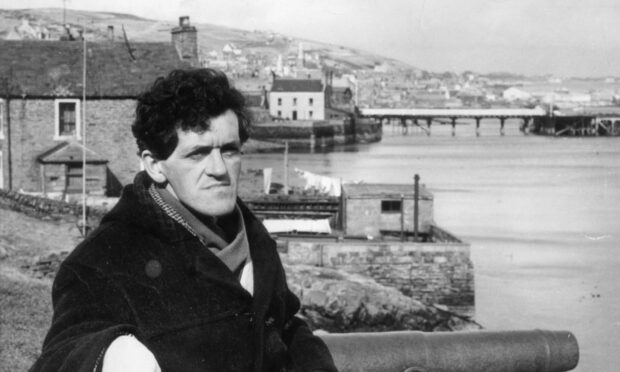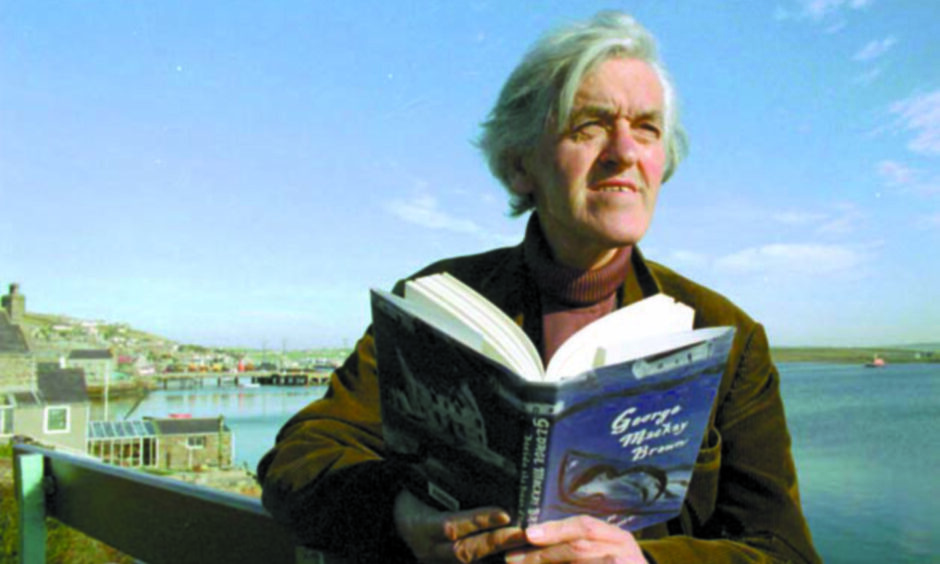More than 60 copies of George Mackay Brown’s first collection of poems have been located to celebrate his centenary.
The Orcadian writer published 250 copies of his first book, The Storm and Other Poems, at his own expense in 1954.
To celebrate the centenary of his birth, the George Mackay Brown Fellowship worked alongside BBC Radio Orkney to track down copies of the book.
They launched an appeal in May to trace the existing copies and to hear the stories of how and where they had survived.
During the search, 66 copies were discovered and will feature in BBC Scotland Radio’s Tullimentan.
Mr Mackay Brown’s autobiographer, Maggie Fergusson, owns a copy of the first edition and claims it would be the first book she would rescue if her house caught on fire.
She described the A5 paperback as a “kind of magical volume”.
The programme uncovers letters in the Orkney Library and Archive in which Mr Mackay Brown describes editing the poems planned for the book. He explained how “disgusted” he was with them when he saw the typed up copies that were being sent to the printer.
Only half the copies still in existence
When it went on sale it was priced at 4 shillings (20p) and sold out within perhaps as little as two weeks. But there’s been some uncertainty about how many copies were ever printed – with sources putting the number at either 200 or 300.
However, the programme contains new evidence to settle that, in the form of a letter from Mr Mackay Brown to his friend – the farmer and self-taught scholar – Peter Leith, in which he writes “they printed 250 copies, and made it as cheap as possible”.
Programme producer BBC Radio Orkney’s Huw Williams said: “250 copies were printed in 1954, but we can assume perhaps half that number no longer exist – because they’ve been thrown away or lost.
“That means there are perhaps 125 surviving copies. And we’ve tracked down more than half of them, and heard some remarkable stories of what those books mean to the people who own them now.”

